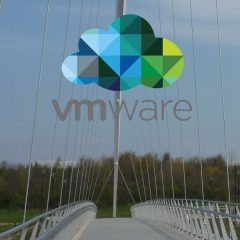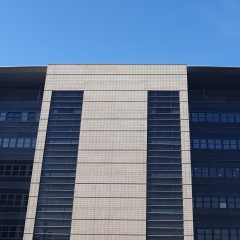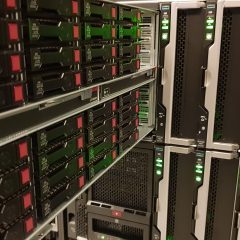VMware Fusion: Windows 10 ‘Lost’ Mapped Drive to the Host
KB ID 0001394 Problem My Windows 10 VM decided it was going to do a major update last night, so I let it get on with it. However today I can no longer access the ‘shared’ drive that it had back to the host (my MacBook). Solution I’m pretty sure this is the second time this has happened, so after berating myself for not documenting the fix last time, this is the fix. Run Regedit (Windows Key+R > regedit {Enter})...
Arcserve – Backup a ‘Mapped Drive / UNC Path”
KB ID 0001165 Problem It’s been such a long time since I touched any backup software, I setup Arcserve UDP this week for a client to backup their servers to a NAS drive, then they wanted to back that data off to tape for an offsite backup. I installed Arcserve no problem, it looks much the same as it did last time I used it. When I expanded the server-name only the local drives were shown, as I only had a basic licence adding...
Windows – Remove Saved / Cached Network Passwords
KB ID 0000556 Problem Windows 7 / 2008 R2 like previous versions of Windows, caches your user names and passwords entered for network shares, drives etc. That’s fine until there’s an incorrect password or username in the cache, and you want to remove it. With Windows XP you could do this by running “control userpasswords2” and deleting the offending entry. With Windows 7 we have Credential Manager to do this...



